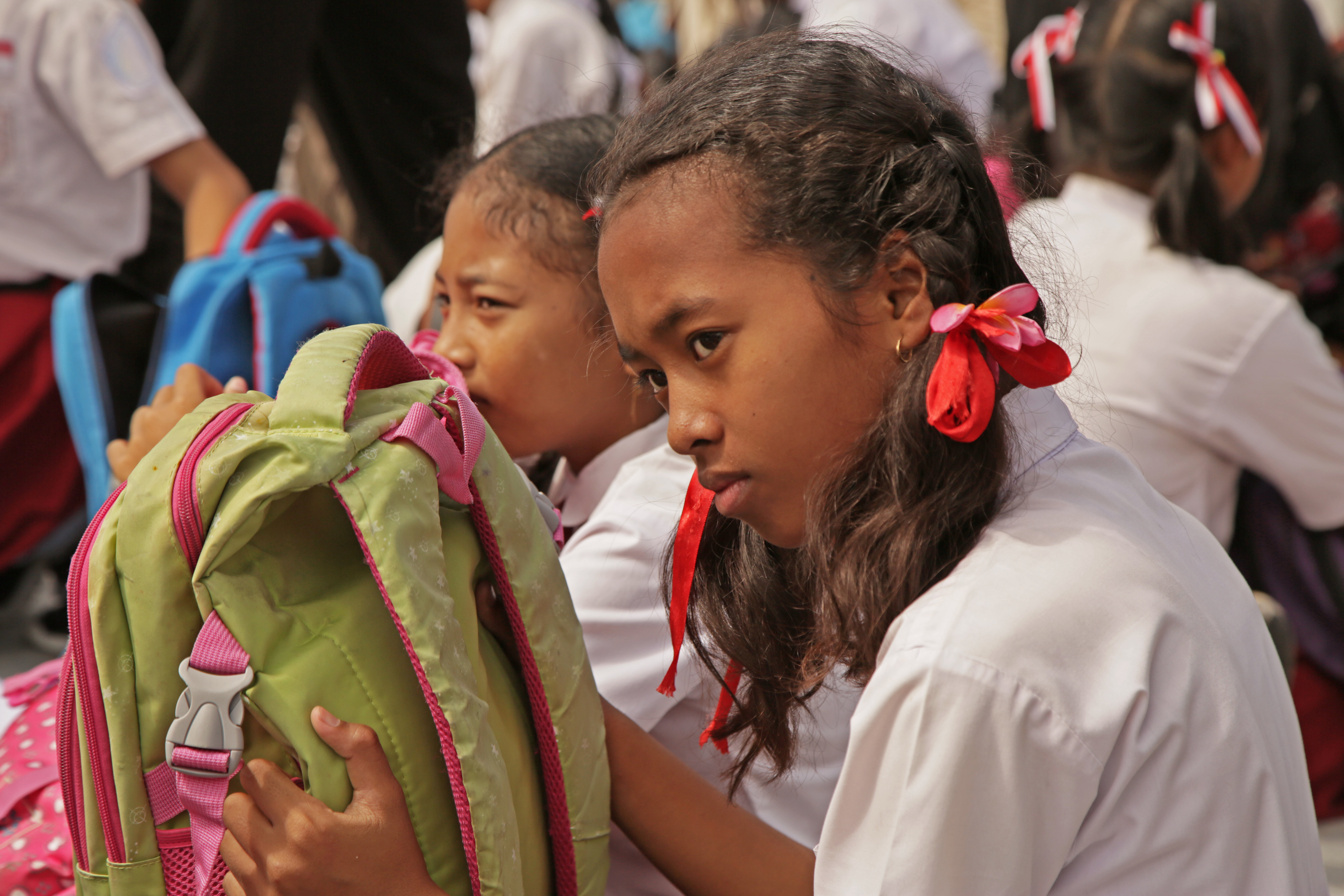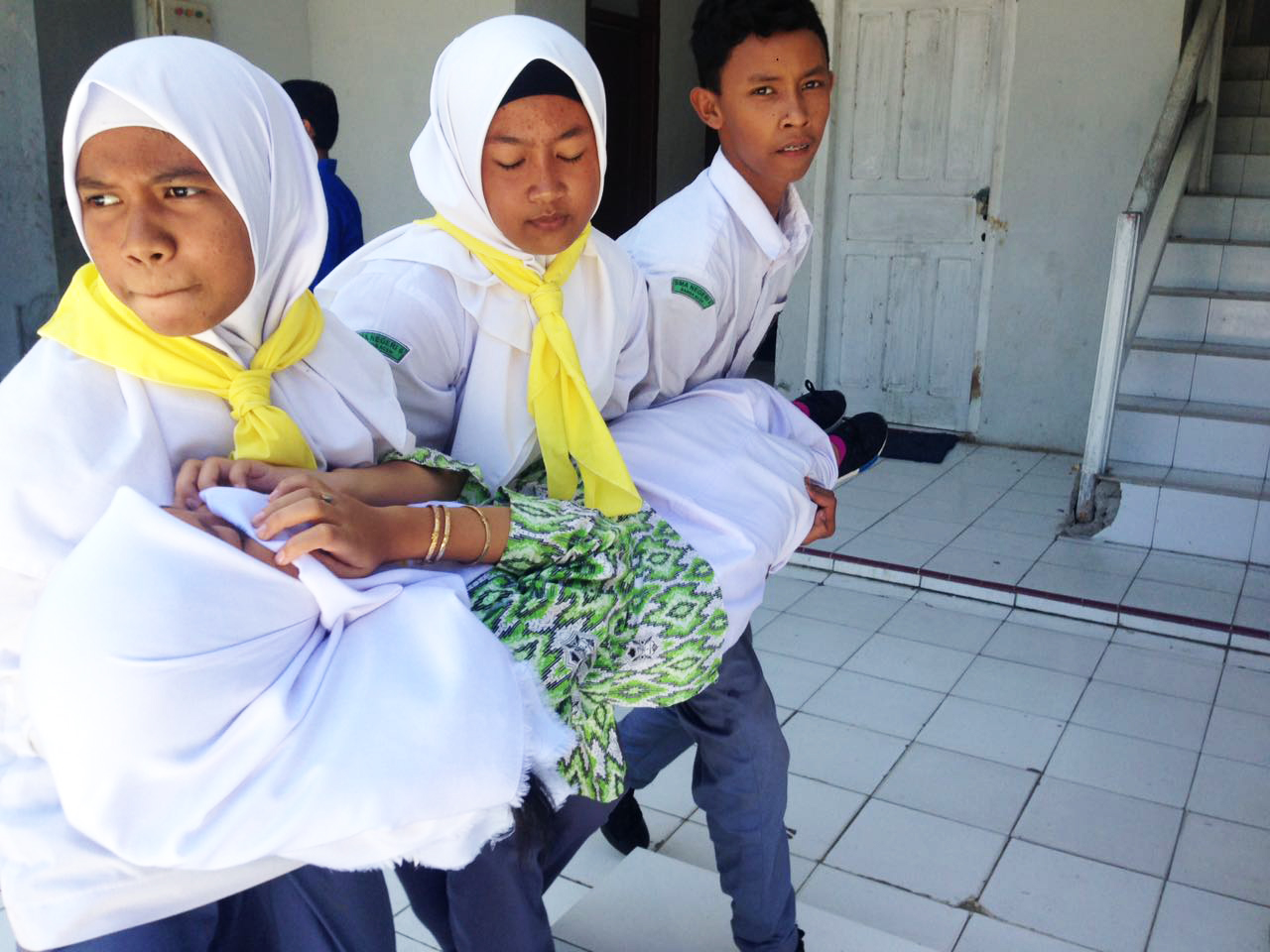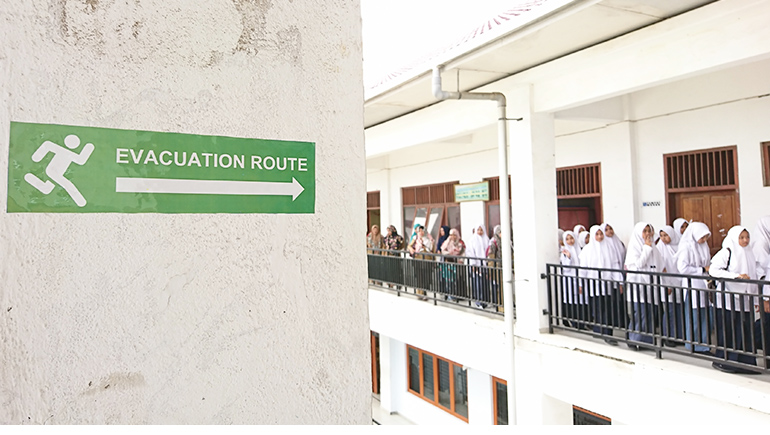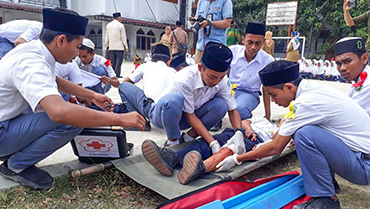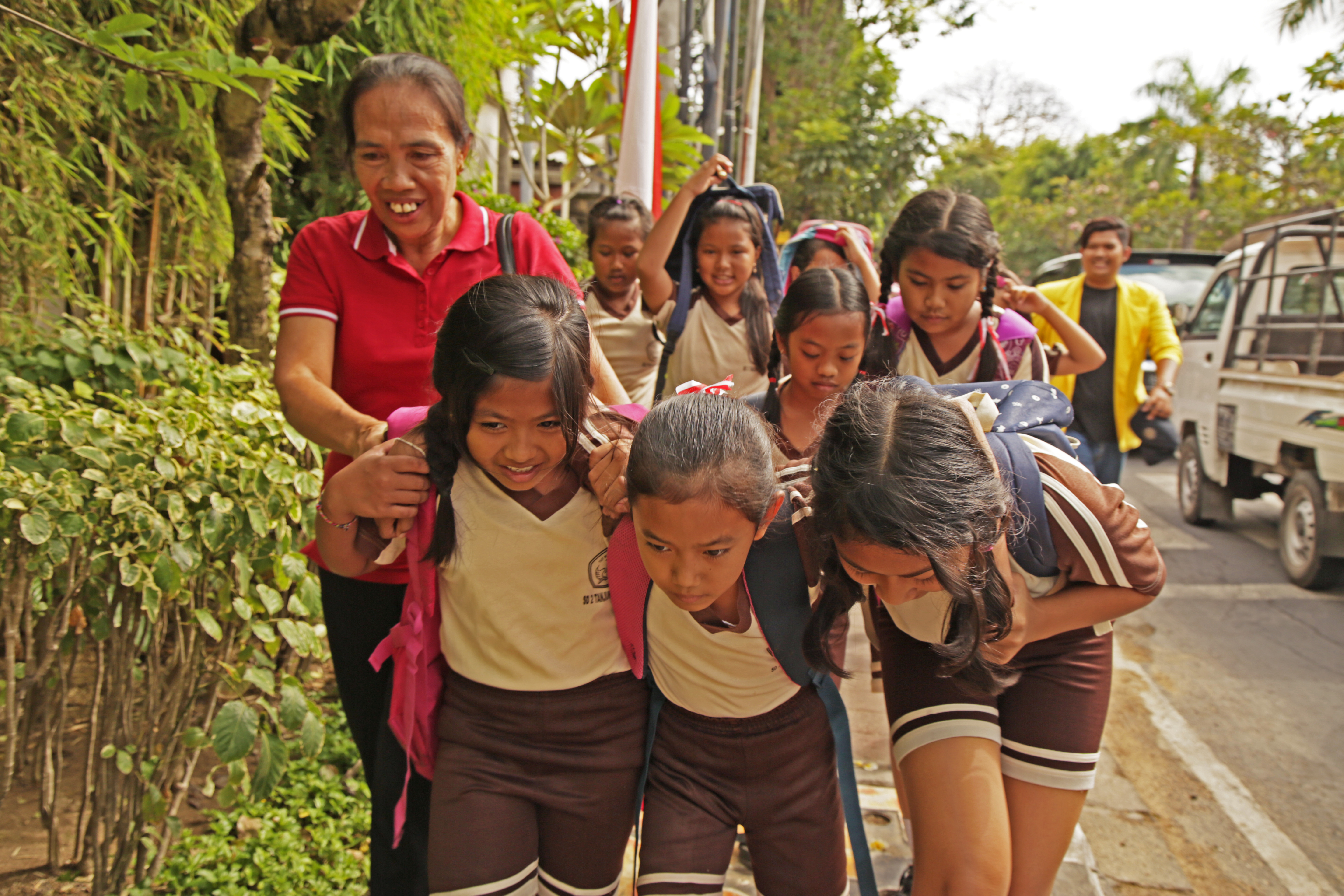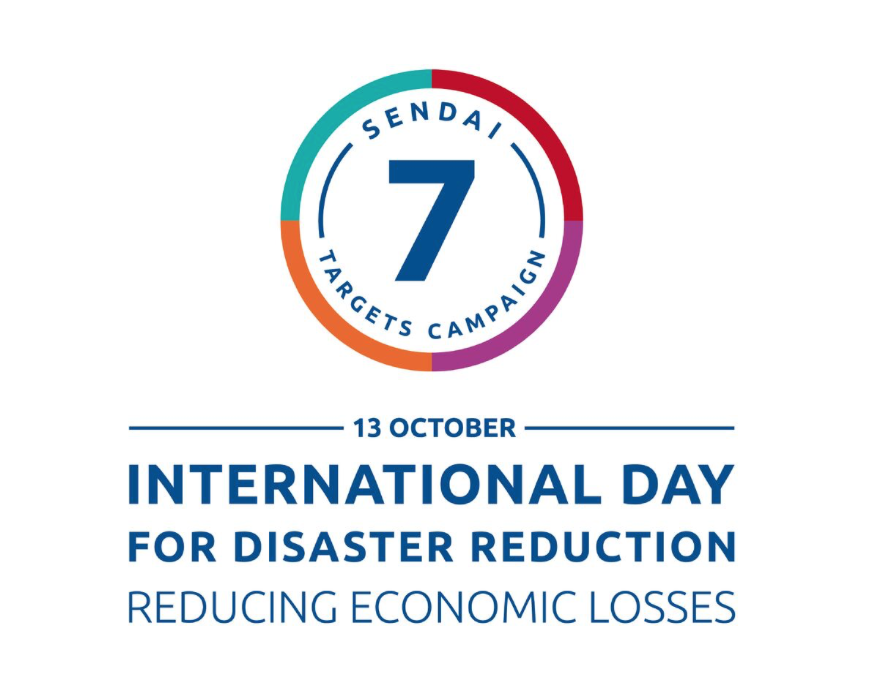Tsunami drill in Bali island, Indonesia. Photo: UNDP Indonesia
The heart-rending pictures and videos from the earthquake-tsunami disaster in Sulawesi, Indonesia brought back the shock and pain of the Great East Japan Earthquake and Tsunami disaster of 2011 and the Indian Ocean Tsunami disaster of 2004. Working with United Nations Development Programme (UNDP) Country Office in India, and their Disaster Risk Management team, I had a first-hand experience of the harrowing Indian Ocean Tsunami disaster in December 2004. The images that captured the scale and magnitude of death and devastation were extremely traumatizing for long and one hoped that people should never have the bad luck of re-visiting such nightmarish experiences again. But then the recent earthquake-tsunami in Sulawesi, Indonesia proved otherwise.
It seems that while the global community’s efforts to reduce mortality are proving considerably effective with timely and enhanced early warnings, evacuations etc., the exposure and vulnerabilities of people, communities and socio-economic development assets continues to increase exponentially. This is particularly true of earthquake-tsunami disasters as the early warning and response window is quite narrow and virtually unpredictable. Experience from past disasters indicates that more investments in reducing risks (through focused attention on minimizing exposure and reducing vulnerabilities) and increasing preparedness levels are the most effective antidotes to avoid repetition of the tragic loss of lives, livelihoods and development assets.
Aceh province in Indonesia lost more than 200,000 people in the 2004 Indian Ocean tsunami. Tsunami drills ensure that students have necessary knowledge and skills to protect their lives in times of tsunamis. Photo: UNDP Indonesia
Recognizing this imperative, UNDP, supported by the Government of Japan, initiated the Strengthening School Preparedness for Tsunamis in the Asia-Pacific Region project across 18 countries in the Asia-Pacific region to better prepare coastal communities especially the most vulnerable like school children and marginalized groups like women, elderly and differently abled students. Taking the local school as the center of activity, the objective was to scale out the information to the community at large and ensure the longevity and sustainability of the interventions. Training and preparing the teachers and school students so that schools continue to lead preparedness awareness, education and practical drills and to ensure that students, year after year, are well prepared.
While preparing for the drill, each school had to assess its tsunami risk and develop a emergency evacuation plan. Photo: Tsubasa Enomoto, UNDP.
The Project, working in partnership with the Tohoku University, the International Tsunami Information Center (ITIC) and the Indian Ocean Tsunami Center, which is partnered with the United Nations Educational, Scientific and Cultural Organization (UNESCO), has identified five schools located in tsunami-prone coasts across 18 countries to increase awareness and preparedness among over 50,000 students, teachers and members of the school administration. So far over 100 drills have been conducted to test preparedness and response levels. The overall project design, implementation and coordination at national level has been supported by the Embassy of Japan in each country and the Japan International Cooperation Agency (JICA).
Students practiced basic first-aid skills during the drill. Photo: UNDP Indoneisa
The enthusiastic acceptance and relevance of the project has been acknowledged by local communities and administrations as evidenced by the range of success stories spawned by the project activities. For example, in Fiji, the school preparedness drills led to the testing of a new mobile app that facilitated real time information/early warning to be shared paving the way for a first ever national tsunami drill. Similarly, eight hotels in Bali, Indonesia signed an agreement with the local administration to permit use of their buildings and roof tops as safe areas; while in Vietnam, the government is working to include disaster education into the national school curriculum.
Prompted by the first drill in Bali, eight hotels signed a agreement with the local government to use their building as safe areas in tsunami emergencies. Photo: UNDP Indonesia
Despite considerable focus on identifying the most tsunami-prone coasts and communities, the tsunami-affected Palu area of Indonesia was not covered by the project. In hindsight, one feels that perhaps more needs to done to expand the scope and coverage of risk reduction and preparedness activities to truly realize the vision of sustainable development and resilient communities, as enshrined in the Sendai Framework for Disaster Risk Reduction and the 2030 Agenda, through focused attention on the need to advance risk-informed development.
The International Day for Disaster Reduction on 13 October and the World Tsunami Awareness Day on 05 November are stark reminders of the need to enhance our risk reduction and preparedness levels by adopting a multi-hazard approach and scale up the efforts to reduce risks and not just manage disaster as envisioned by the Sendai Framework.
A lingering feeling of inadequacy persists with the realization that perhaps much more needs to be done – as on-going efforts by themselves do not seem to be enough.
About the Author
Rajeev Issar is a Policy Specialist in the Global Climate Risks and Risk Governance team, UNDP

 Locations
Locations